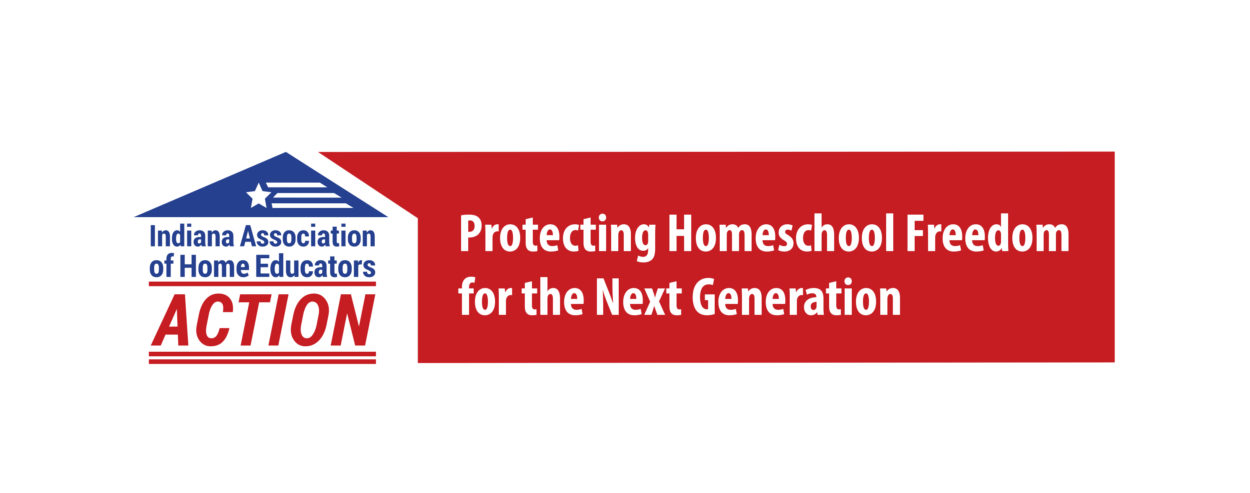This post is our eighth of nine installments regarding the transcript from the Indiana Advisory Committee to the U.S. Commission on Civil Rights hearing that was held on February 17, 2016. You may read our other posts here, here, here, here, here, here, here, and here. TESTIMONY: Pg. 215 MR. DOUGLAS: Thank you all. Principal Sanders, you mentioned…
